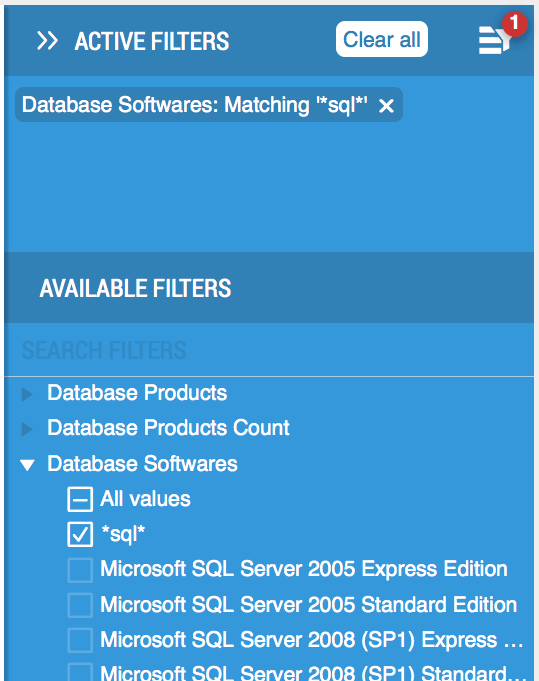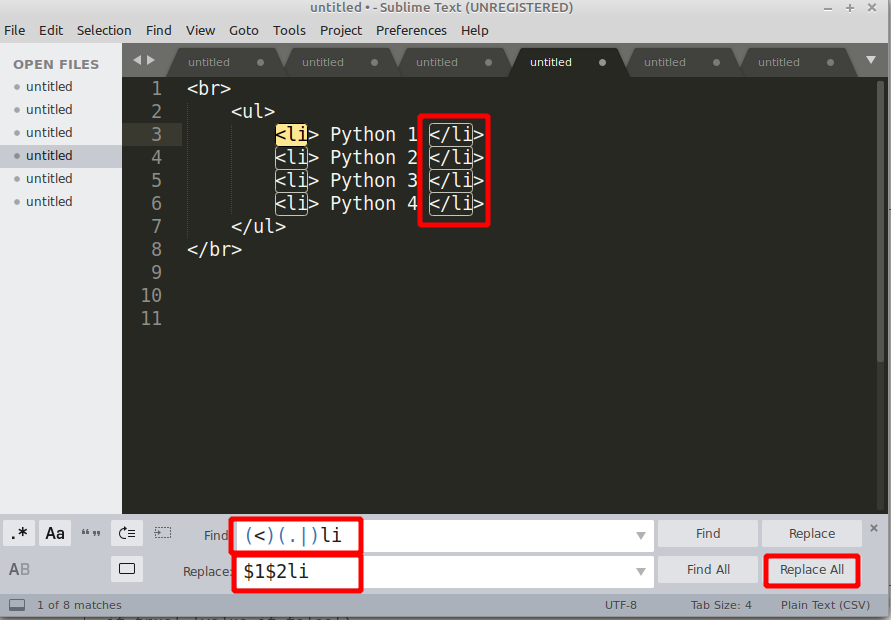

The Windows Server 2022 pipeline image has different tools and tool versions when compared to Windows Server 2019. When you reference windows-latest pool in your YAML pipelines, it will still mean windows-2019 and not windows-2022, while the latter is in preview. MsbuildArgs: '/p:DeployOnBuild=true /p:WebPublishMethod=Package /p:PackageAsSingleFile=true /p:SkipInvalidConfigurations=true /p:DesktopBuildPackageLocation="$(build.artifactStagingDirectory)\WebApp.zip" /p:DeployIisAppPath="Default Web Site"' You can use it by referencing windows-2022 as image in your pipeline. Windows Server 2022 and Visual Studio Enterprise 2022 Preview are now available in preview on Microsoft-hosted agents.

Windows Server 2022 with Visual Studio 2022 is now available on Microsoft-hosted agents (preview) But, once the PR is merged, any further contributions made by that non-team member will directly trigger the pipeline without waiting for a PR comment. By selecting the new option shown below, when a non-team member submits a PR from a fork for the first time, someone on your team would have to review the PR and add a comment to trigger the pipeline. Once your PR is merged, you'll be considered a contributor. As a non-team member, when you create a fork and create a PR to the upstream, you aren't considered a contributor to the upstream repository until your PR is merged. With this update, we're allowing you to skip seeking a PR comment from contributions received by any contributor. Instead of requiring every PR from a fork to be first reviewed by a team member, you can also enforce this policy only on contributions that originate from non-team members. You can configure these settings by selecting the Triggers menu (for YAML pipelines) or the Triggers tab (for classic build pipelines) in the pipeline web editor. The best practice here's to first have one of the collaborators of the repository review the change and then add a comment to the PR to trigger the pipeline. When using Azure Pipelines with GitHub repositories, we recommend that you don't automatically run a PR validation pipeline for contributions received from a forked repository. With this update, we updated our API calls to Bitbucket and pass additional information about the name of the pipeline.Īllow contributors to skip seeking PR comments prior to build validation We heard feedback from the Developer Community asking to view the status of each pipeline separately in Bitbucket. However, when these pipelines were complete, you could only see one status in Bitbucket. You can set up multiple pipelines from a single Bitbucket repository. Support for multiple statuses in BitbucketĪzure Pipelines integrates with Bitbucket repositories and supports CI and PR triggers. Now, you can use wild card characters ( **, *, or ?) when specifying path filters. This has been pointed out as an inconvenience by several customers. For instance, you can't include all paths that match src/app/**/myapp*. However, they can't be used when specifying path filters. Wild cards can be used when specifying inclusion and exclusion branches for CI or PR triggers in a pipeline YAML file. Writing conditional expressions in YAML files just got easier with the use of $:

Prevent fork users from voting on their upstream PRsĪzure Pipelines New YAML conditional expressions.Configure branch creators to not get "Manage permissions" on their branches.Removal of Ubuntu 16.04 image on Microsoft-hosted agents.General availability of macOS 11 Big Sur on Microsoft-hosted agents.Windows Server 2022 with Visual Studio 2022 is now available on Microsoft-hosted agents (preview).Allow contributors to skip seeking PR comments prior to build validation.Support for multiple statuses in Bitbucket.In addition, we've made multiple updates to the Azure Pipelines hosted images.Ĭheck out the following feature descriptions for details. In this sprint, we included support for wild cards and conditional expressions to YAML pipeline files.


 0 kommentar(er)
0 kommentar(er)
